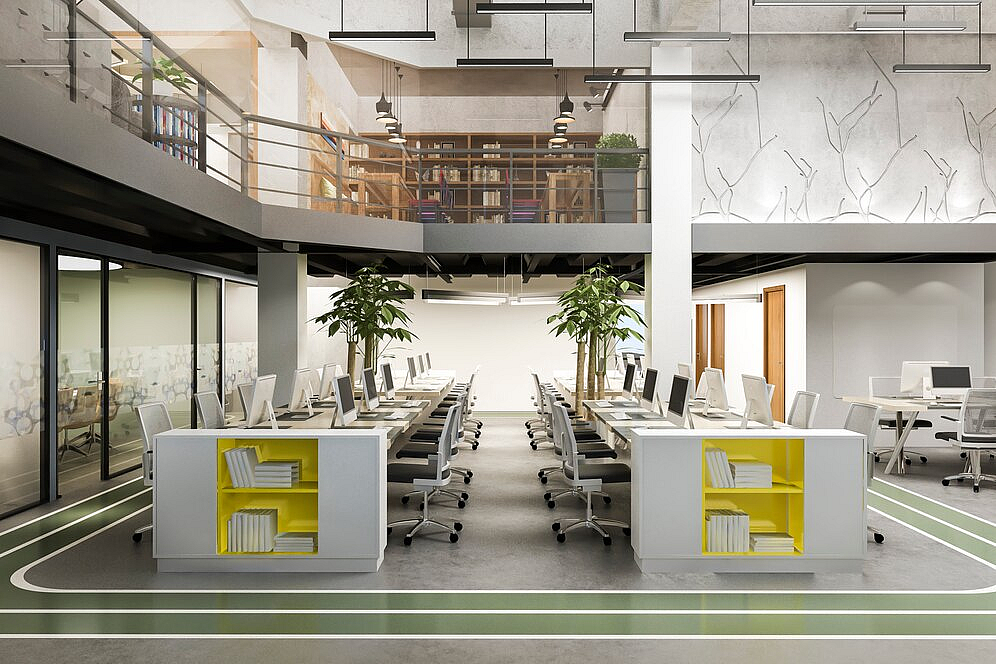
Architectural Principles for Optimizing Office Environments
Today's office spaces are changing quickly, driven by a better understanding of how workplace design affects employee well-being, productivity, and creativity. Architects are key players in shaping these environments, focusing not just on looks, but also on making spaces that work well for people.
Let's take a look at the important architectural principles for creating better office environments, highlighting comfort, flexibility, biophilic design, technology use, and sustainability.
Designing for People's Comfort
Making sure people feel good in the office is essential. Architects plan spaces with good lighting, fresh air, and quiet surroundings. They use things like volume dampers to control airflow, keeping the air clean and the temperature right. They also choose furniture that helps people sit comfortably and work safely.
Creating Spaces That Can Change
Since a large number of workers are now remote, it's important to stop and think about how to get the most out of the collective workspace. Some offices have turned to creating conference rooms that double as quiet work areas when there aren't any meetings, including conference tables that can be folded and put away.

Adding storage for personal items to every desk is obvious, but adding vertical storage in areas where it's needed most can also be helpful. Ask employees what they need in your space, and think about how you can make that work in the rooms you already have.
Bringing Nature Inside
Adding natural elements like plants and ensuring plenty of natural light in office spaces can make a big difference in how employees feel and work. Architects know that these simple touches can reduce stress and help people relax. Plus, having views of the outdoors can boost mood and productivity. By paying attention to these details, architects create offices where people feel comfortable and motivated to do their best work.
Using Technology Wisely
Technology is a game-changer in today's workplaces, making it easier for teams to communicate, collaborate, and get things done. Architects understand the importance of seamlessly blending technology into office design. This means thinking about things like internet connections and making sure everything works smoothly.

Smart building systems, like fancy lights and heating controls, not only save energy but also make the office feel just right for everyone. Plus, with audiovisual setups and flexible meeting areas, teams can easily work together, no matter where they are. It's all about keeping everyone connected and making work as smooth as possible.
Building with the Planet in Mind
In today's architectural landscape, sustainability isn't just a choice—it's a necessity. This shift is driven by growing environmental concerns and regulatory demands. Circular office design principles have emerged as a pivotal solution, prioritizing resource efficiency, waste reduction, and lifecycle thinking throughout the design and construction process.

From selecting sustainable materials to implementing energy-efficient building systems and water-saving measures, every aspect of the office environment is now crafted with the planet in mind. Embracing circular design principles minimises offices' environmental footprint and contributes significantly to creating a more sustainable future.
Your Offices Should Inspire Great Work
Whether this is a small office or one with hundreds of employees, it's important to stop and think about how it affects them. Follow these ideas, and check out SAO Architects for more help.










